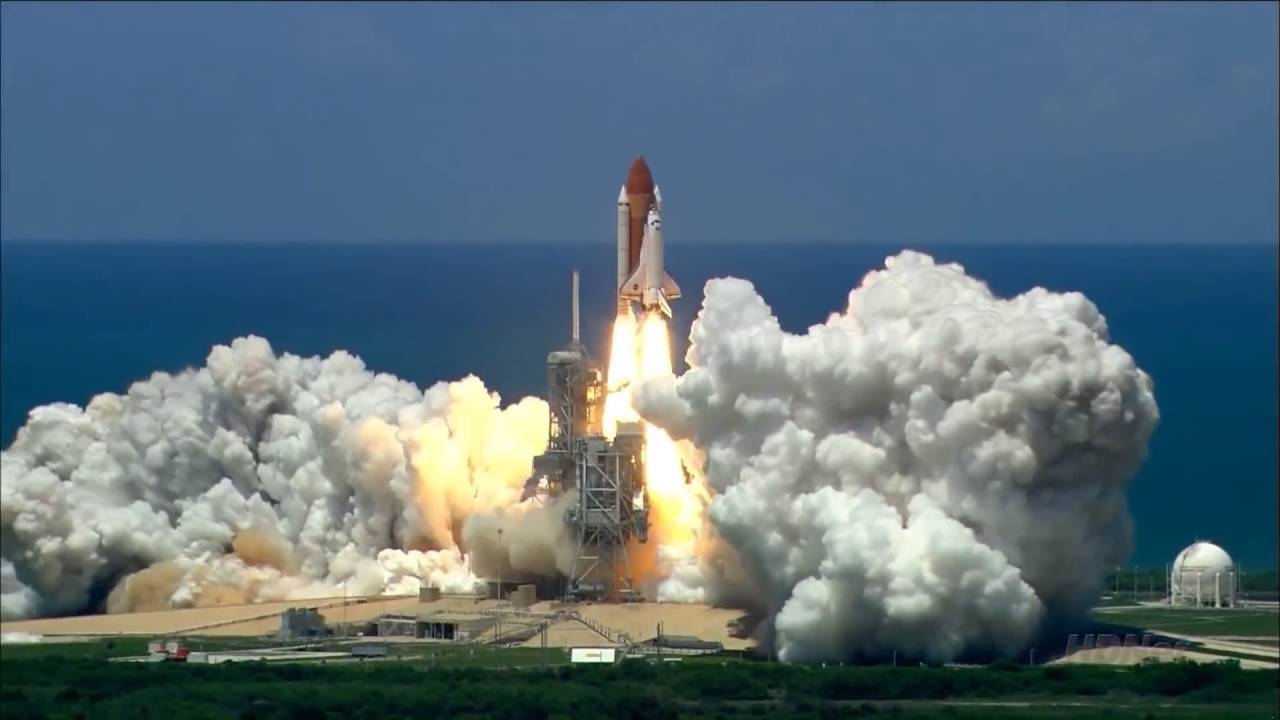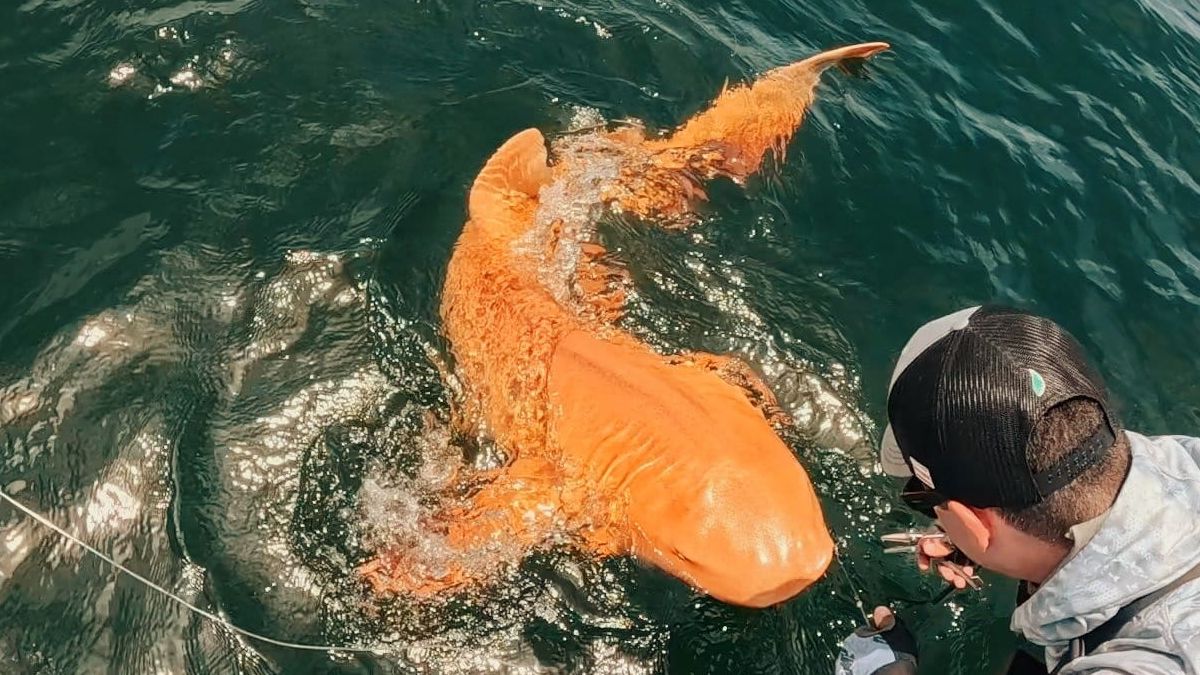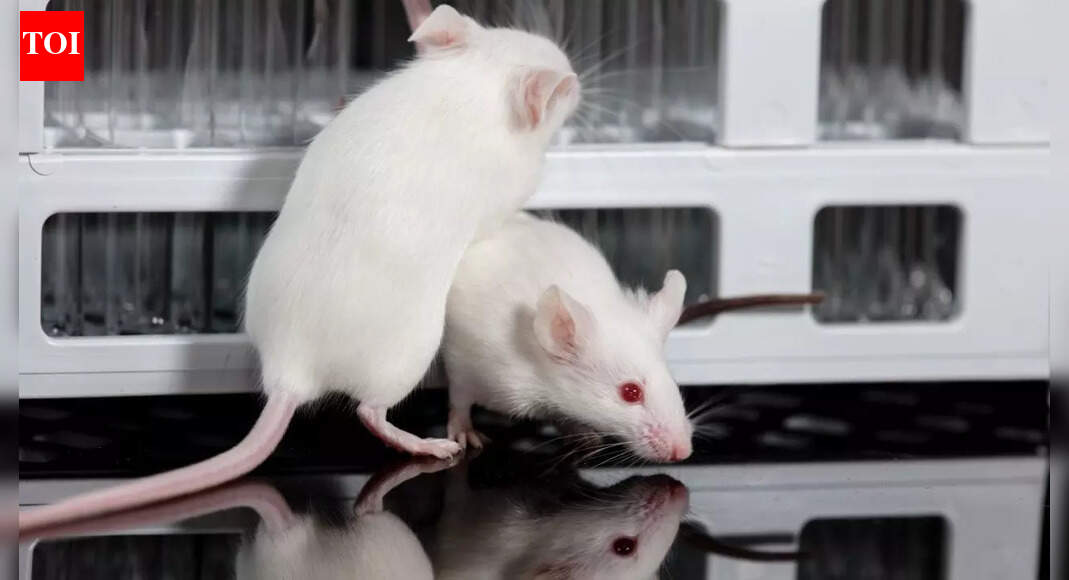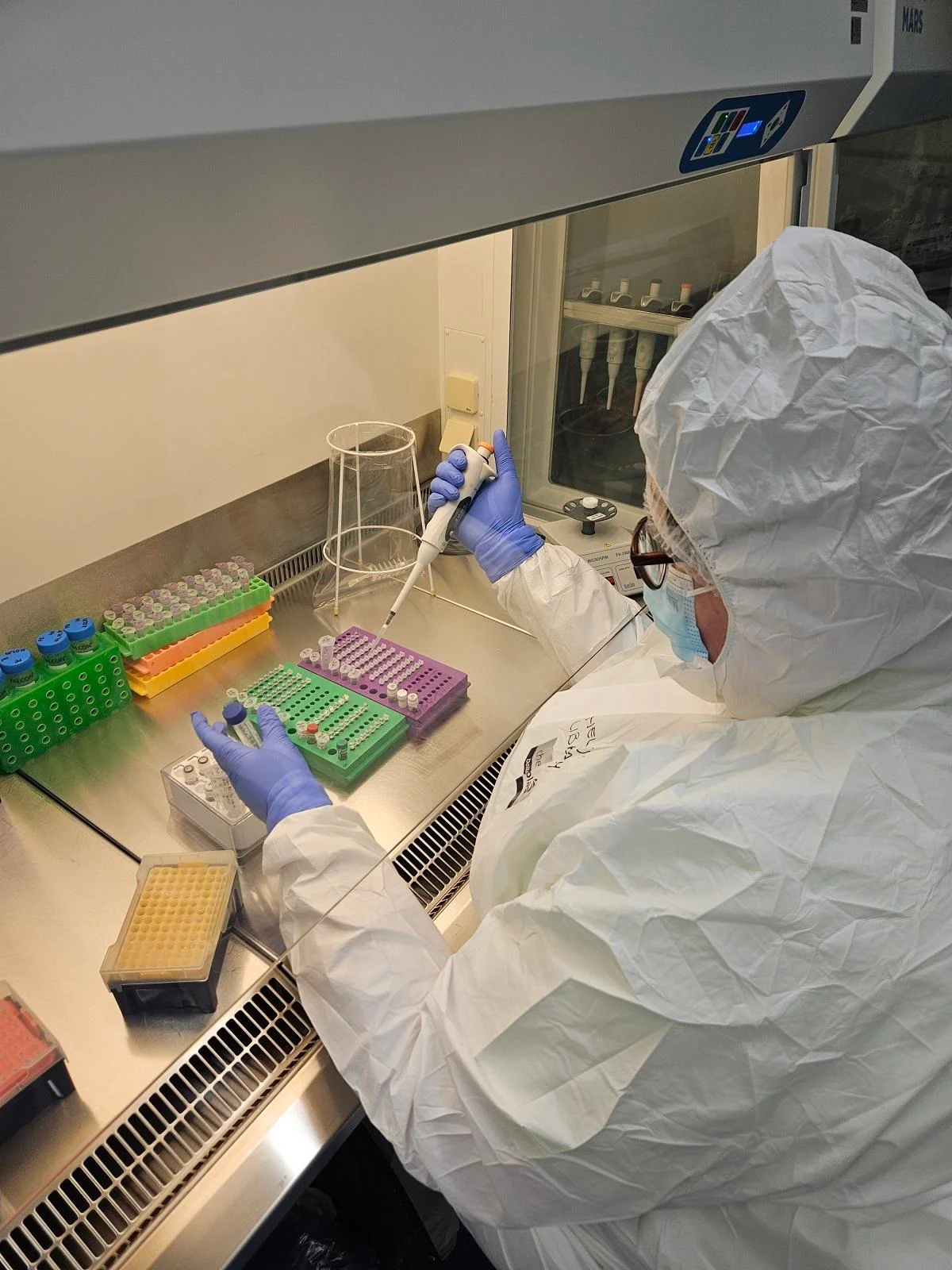A tiny songbird species living in pockets of high-altitude rainforest since the time of the dinosaurs is having its DNA sequenced in a bid to safeguard its dwindling population.
The Rufous scrub-bird is one of the world’s oldest surviving species…

A tiny songbird species living in pockets of high-altitude rainforest since the time of the dinosaurs is having its DNA sequenced in a bid to safeguard its dwindling population.
The Rufous scrub-bird is one of the world’s oldest surviving species…

The mission Artemis 2, NASA, could be the great space milestone of 2026The expectation is that humans…

A shift in natural behavior by an established predator could help control an invasive fish species found in Brazilian waters.
Research published in the journal Environmental Biology of Fishes described the intriguing activity of lemon…

In the vast expanse of low Earth orbit, where international cooperation meets the unforgiving vacuum of space, a longstanding issue has finally reached a resolution. For nearly five years, a series of microscopic cracks in the Russian…

The fearsome silent hunters of the deep – sharks – aren’t usually hued like a traffic cone, but now and again, nature goes “Hold my beer.”
One spectacular example of this is a nurse shark (Ginglymostoma cirratum) caught and released by…

Mice have remained the focal point for life sciences research for the past several decades. Their universality in biomedicine lies in the fact that they present unparalleled insights into human biology. Their applicability to biomedicine can be…

For decades, human betaherpesviruses 6A and 6B were thought to be relatively recent scientific discoveries, having only been identified in the 1980s and associated with mild childhood illness. A new study now pushes that documented history far…

Combing the strandline often delivers a pocketful of cockles and other clam shells with a neat hole close to where the hinge would have been, in a thickened region of the shell called the umbo.
The hole is a precision job – rounded, smooth and…
NASA astronauts will conduct two spacewalks in January 2026.
The first is on January 8 with Mike Fincke and Zena Cardman. The time was not announced as of January 4.
The second is on January 15. The participants and the…